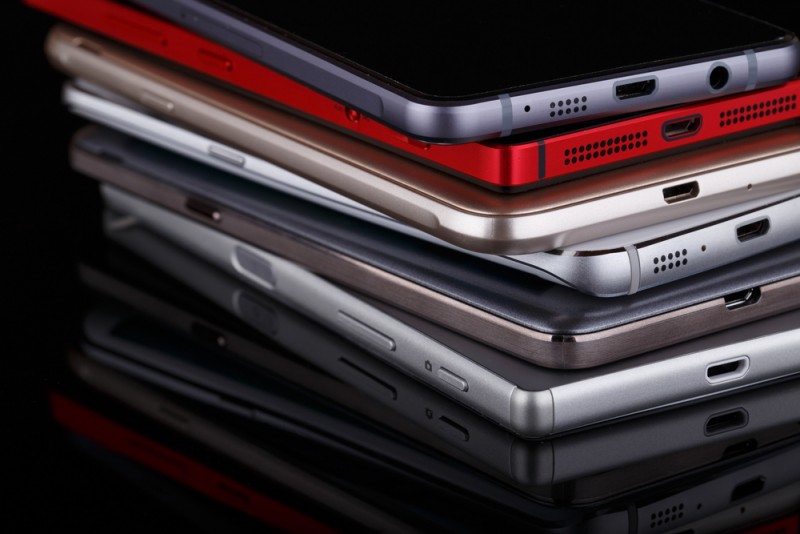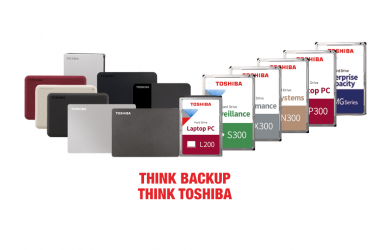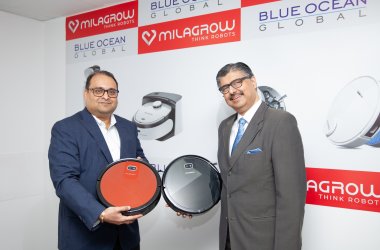Worldwide shipments of devices such as PCs, tablets and mobile phones are forecast to return to growth (+1.3 percent) in 2018 and will total 2.3 billion units, according to Gartner.
The report also revealed that while the performance of shipments of devices fluctuate year over year, end-user device spending continues to rise and is forecast to increase seven percent in 2018.
“Driven by better specifications despite increasing costs ASPs for devices rose by 9.1 percent in 2017, and this trend will continue through this year, where we expect prices will increase by 5.6 percent,” said Ranjit Atwal, research director, Gartner.
Despite PC prices increasing 4.6 percent in 2018, PC market unit demand, driven by business buying, is stabilizing through 2018 The traditional PC market will decline 3.9 percent in units in 2018, and is expected to decline a further 3.6 percent during 2019.
Gartner forecasts that global mobile phone shipments will increase 1.6 percent in 2018, with total mobile phone sales amounting to almost 1.9 billion units. In 2019, smartphone sales are on pace to continue to grow, at 5 percent year over year.
Overall, Gartner estimates that mobile phone lifetimes will increase from 2017 through 2020. “Premium phone lifetimes are expected to increase the most in the near-term, as users look to hold onto these devices due to a lack of new technology impact, prohibiting upgrades,” said Anshul Gupta, research director at Gartner.
Mobile phone lifetimes will start to reduce again beyond 2020. “By 2020, artificial intelligence (AI) capabilities on smartphones will offer a more intelligent digital persona on the device. Machine learning, biometrics and user behavior will improve the ease of use, self-service and frictionless authentications. This will allow smartphones to be more trusted than other credentials, such as credit cards, passports, IDs or keys,” said Gupta.
Future AI capabilities, including natural-language processing and machine perception (reading all sensors), will allow smartphones to learn, plan and solve problems for users. “This is not just about making the smartphone smarter, but augmenting users by reducing their cognitive load and enabling a ‘Digital Me’ that sits on the device,” said Gupta.





